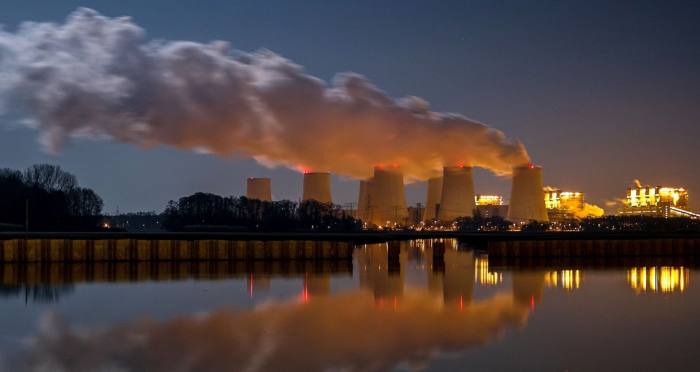Drought puts Amazon at risk of ‘large-scale dieback’, researchers warn

Increasingly severe climate conditions threaten to accelerate a “large scale dieback” of the Amazon rainforest, according to the authors of a new study finding that 2.5bn trees perished in the biome following a drought several years ago.
Central Brazil is currently reeling from the worst drought in 100 years, which has triggered water shortages and the risk of power blackouts. The southern reaches of the world’s largest rainforest are forecast to be hit by the dry spell later this year.
A joint group of UK and Brazilian scientists have warned that tree loss caused by these extreme dry spells can push the rainforest past its so-called “tipping point”, the threshold at which it can no longer sustain its water recycling ecosystem. This would cause more trees to perish and trigger sharp climate fluctuations across Latin America.
“With droughts becoming more common and more intense, this means more tree mortality and less water being recycled. This could lead to a large-scale dieback,” said Erika Berenguer, a Brazilian researcher at the universities of Oxford and Lancaster.
In an eight-year study released on Monday, Berenguer’s team found that droughts and wildfires following the 2015-16 El Niño caused the death of more than 2.5bn trees and woody vines in the most affected area of the rainforest.
By comparison, 129m trees are estimated to have perished in California since 2010 because of droughts and wildfires, according to the US Forest Service.
According to the UK-Brazil study, the destruction of the forest resulted in almost 500m tonnes of carbon dioxide emissions. The mortality rates of trees was also higher than expected for three years following the drought.
“After three years, only around a third of the emissions were reabsorbed by plant growth in the forest. This shows that the Amazon’s vital function as a carbon sink can be hampered for years following these drought events,” the researchers said.
Scientists have generally worried that the Amazon would cross its “tipping point” as a result of human-led deforestation, which has soared during the rightwing Jair Bolsonaro’s administration in Brazil. Some environmental campaigners also believe the country’s ongoing drought is directly linked to the surging deforestation in the Amazon.
The rainforest has long been considered a crucial buffer against climate change, with billions of trees acting as a giant sink for carbon emissions.
A series of new studies, however, including one published last week in Nature, suggest that parts of the biome are now releasing more carbon than they are absorbing as a result of deforestation and farmers using fire to clear land.
Berenguer also highlighted how the drying of the forest makes it more susceptible to fires set by farmers, which she said cause six times more carbon emissions compared with trees that are only affected by drought.
The study was conducted by gathering data from 21 plots of primary forest, secondary regrowing forest and forests that had been logged, with results extrapolated to the region.
Climate Capital

Where climate change meets business, markets and politics. Explore the FT’s coverage here.
Are you curious about the FT’s environmental sustainability commitments? Find out more about our science-based targets here